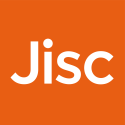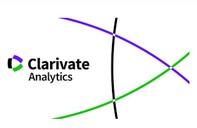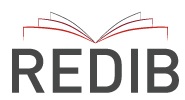THE LIMITS OF THE STANDARD MODEL ABOUT THE SEMANTIC FACTOR IN ANALOGICAL MAPPING
Abstract
We argue that the treatment given to semantics by the standard programs of analogical mapping (e.g., SME) reduces semantics to the influence of preestablished similarities between propositional elements on the mapping of these elements, and that the theoretical conception under this treatment supposes serious limits. We claim, in accordance with the High Level Perception Theory, that attempts to simulate analogical mapping should aim to equip programs with semantic abilities such as the detection of contextual similarities and the construction of analogue representations in response to mapping demands. We agree with the High Level Perception Theory in that programs like SME do not understand the analogies they produce, and in that they suppose a fallacious way of computational modeling. We argue that the responses given to the criticisms formulated by the High Level Perception Theory are not adequate, and that these criticisms deserve more attention in the field of analogical thinking.Downloads
The works published in this journal are subject to the following terms:
1. The Publications Service of the University of Murcia (the publisher) retains the property rights (copyright) of published works, and encourages and enables the reuse of the same under the license specified in paragraph 2.
© Servicio de Publicaciones, Universidad de Murcia, 2022
2. The works are published in the online edition of the journal under CC BY-SA 4.0 license, a Creative Commons Reconocimiento-CompartirIgual 4.0 (legal text). You are free to:
- Share: copy and redistribute the material in any medium or format for any purpose, even commercially.
- Adapt: remix, transform, and build upon the material for any purpose, even commercially.
The licensor cannot revoke these freedoms as long as you follow the license terms, under the following terms:
- Attribution: You must give appropriate credit , provide a link to the license, and indicate if changes were made . You may do so in any reasonable manner, but not in any way that suggests the licensor endorses you or your use.
- ShareAlike: If you remix, transform, or build upon the material, you must distribute your contributions under the same license as the original.
No additional restrictions: You may not apply legal terms or technological measures that legally restrict others from doing anything the license permits.
This work is licensed under a Creative Commons Attribution-ShareAlike 4.0 International License.
3. Conditions of self-archiving. Is allowed and encouraged the authors to disseminate electronically pre-print versions (version before being evaluated and sent to the journal) and / or post-print (version reviewed and accepted for publication) of their works before publication, as it encourages its earliest circulation and diffusion and thus a possible increase in its citation and scope between the academic community. RoMEO Color: Green.















